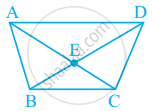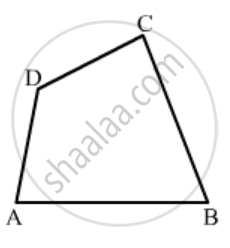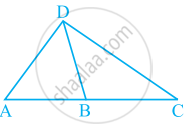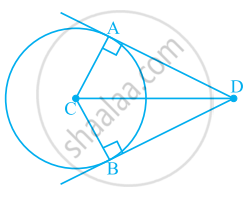Advertisements
Advertisements
प्रश्न
In given figure, What is BD – BE?
उत्तर
BD – BE = ED
APPEARS IN
संबंधित प्रश्न
What is the sum of the measures of the angels of a convex quadrilateral? Will this property hold if the quadrilateral is not convex? (Make a non-convex quadrilateral and try!)
Complete of the following, so as to make a true statement:
The sum of the angles of a quadrilateral is ......
In Fig. 16.19, ABCD is a quadrilateral.
How many pairs of adjacent sides are there?

In ΔABC, E is the mid-point of median AD such that BE produced meets AC at F. IF AC = 10.5 cm, then AF =
The angles A, B, C and D of a trapezium ABCD are in the ratio 3: 4: 5: 6. Le. ∠A : ∠B : ∠C : ∠D = 3:4: 5 : 6. Find all the angles of the trapezium. Also, name the two sides of this trapezium which are parallel to each other. Give reason for your answer.
One angle of a hexagon is 140° and the remaining angles are in the ratio 4 : 3 : 4 : 5 : 4. Calculate the measures of the smallest and the largest angles.
In quadrilateral HOPE, the pairs of opposite sides are ______.
In given figure, What is BD – DE?
What conclusion can be drawn from part of given figure, if DB is the bisector of ∠ADC?
What conclusion can be drawn from part of given figure, if DC is the bisector of ∠ADB, CA ⊥ DA and CB ⊥ DB?
